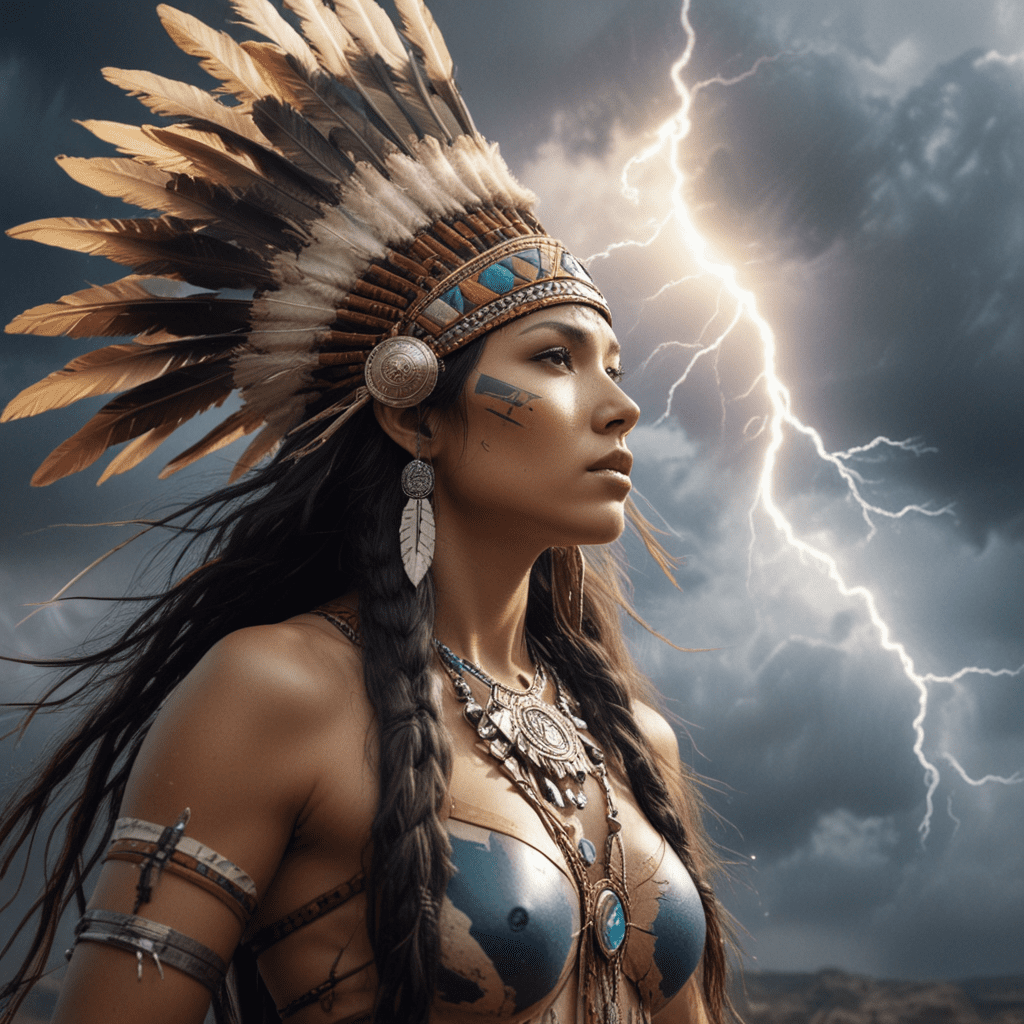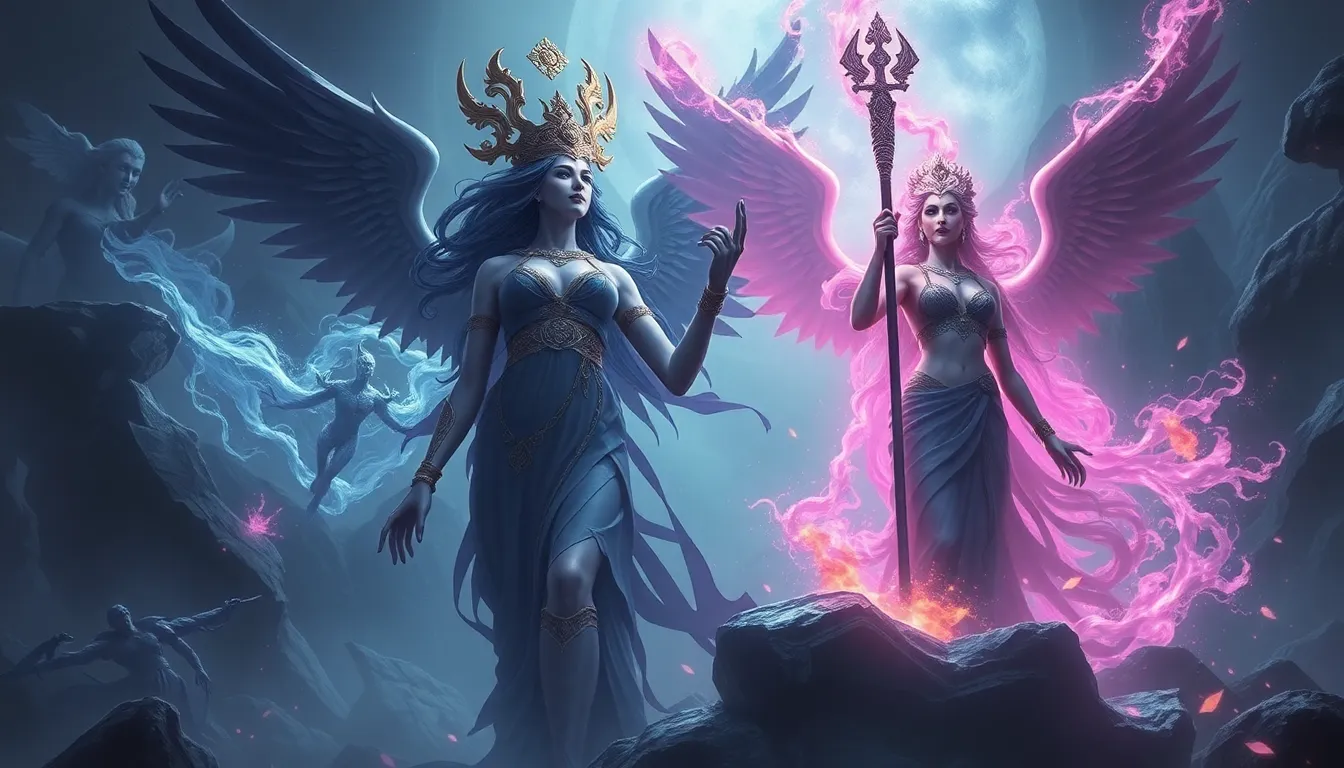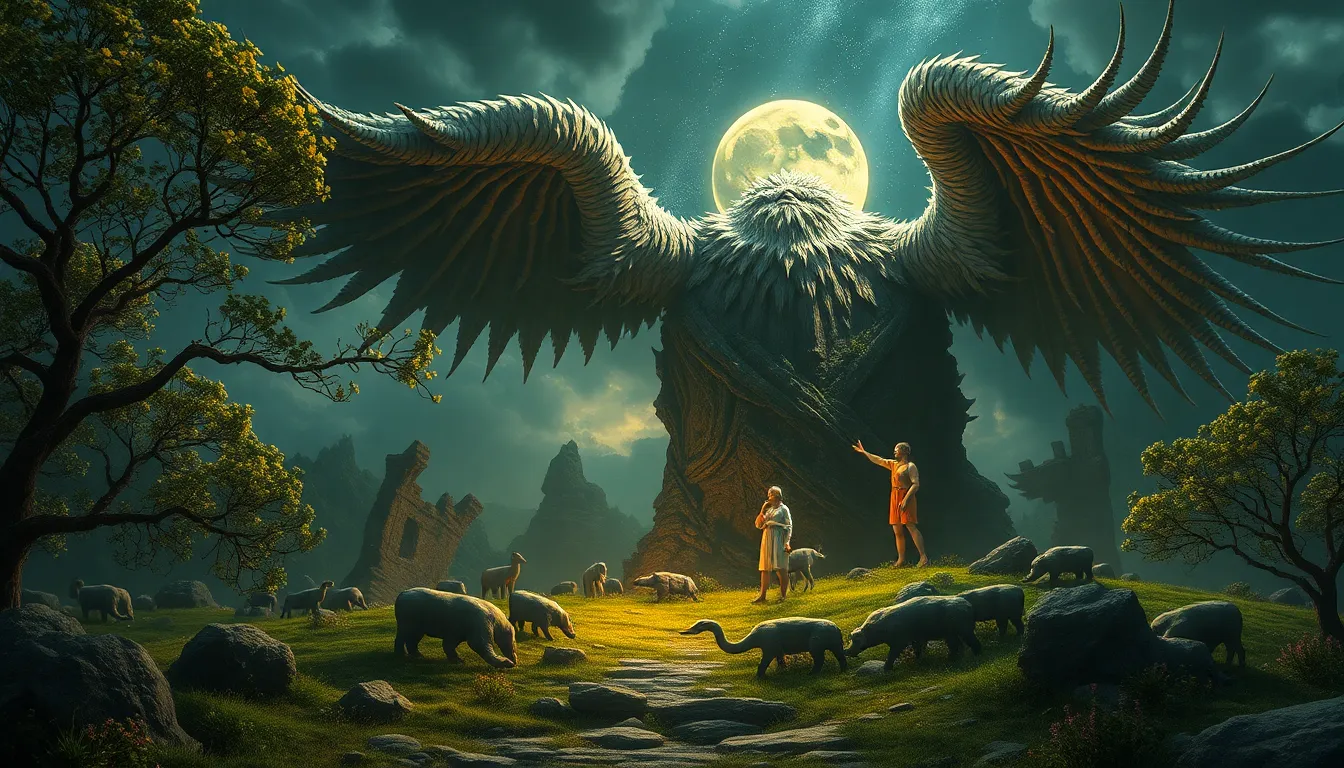Origins of the Legend
The thunder woman, a prominent figure in Native American mythology, is a revered deity associated with thunder, lightning, and storms. Her legend, passed down through oral traditions for centuries, holds deep cultural significance for numerous tribes across North America. The origins of the thunder woman's legend are shrouded in mystery, with different tribes attributing her existence to various creation stories and spiritual beliefs. According to one widespread narrative, she emerged as a protector of the people, tasked with maintaining balance and order in the natural world.
Cultural Variations of the Legend
The thunder woman's legend manifests in diverse forms across Native American cultures. Among the Lakota people, she is known as Wakinyan, a powerful spirit embodying both male and female aspects. In Hopi mythology, she appears as the goddess Palulukang, revered for her ability to control rain and fertility. Other tribes, such as the Apache, view the thunder woman as a protective figure who shields warriors in battle and ensures successful hunts. These cultural variations reflect the unique perspectives and beliefs of different tribes, contributing to the richness and diversity of Native American mythology.
Characteristics and Abilities of the Thunder Woman
Commonly depicted as a beautiful and awe-inspiring woman, the thunder woman possesses extraordinary abilities that connect her to the forces of nature. She wields the power to summon thunder and lightning, controlling the intensity and direction of storms. Her voice, resonant like thunder, is said to shake the heavens and command respect. Furthermore, she is believed to have divine knowledge and wisdom, granting her the ability to predict future events and guide her people through challenging times.
Relationships and Interactions with Others
Despite her immense power, the thunder woman is not portrayed as an aloof or distant deity. She actively interacts with humans, offering protection and guidance to those who seek her favor. Legends recount stories of her helping lost travelers find their way, advising warriors on strategic decisions, and healing the sick and injured. Moreover, she forms relationships with other supernatural beings, including the sun, the moon, and the wind, collaborating to maintain balance in the natural world.
The Thunder Woman's Role in Nature
The thunder woman's presence in Native American mythology underscores the profound connection between humanity and the natural world. She embodies the power of storms, reminding humans of the forces that shape their environment. Her ability to control thunder and lightning reflects the awe-inspiring yet unpredictable nature of the elements, symbolizing both the beauty and the challenges inherent in the natural world. By honoring and respecting the thunder woman, Native American tribes acknowledge their dependence on the environment and strive to live in harmony with the forces of nature.
Legends and Stories Featuring the Thunder Woman
The thunder woman's legend has inspired countless tales and stories passed down through generations. One prominent story recounts her encounter with a young warrior who ventures into a dangerous storm seeking her guidance. The thunder woman appears before him, granting him protection and wisdom, guiding him to victory in an impending battle. Another legend tells of her intervention in a severe drought, summoning rainclouds to bring relief to a parched land. These stories highlight the thunder woman's benevolent nature and her role as a protector and guide for those who respect and honor her.
Symbolism and Interpretations of the Legend
The thunder woman's legend carries deep symbolic meanings and interpretations. She represents the untamed forces of nature, embodying the power and unpredictability of storms. Her connection to thunder and lightning symbolizes the transformative and cleansing aspects of nature, reminding humans of the constant cycle of destruction and renewal. Additionally, the thunder woman is often associated with fertility and abundance, as her storms bring life-giving rain and nourishment to the earth. By understanding and respecting the symbolism embedded within the legend, Native American tribes deepen their connection to the natural world and gain insights into the mysteries of life.
The Thunder Woman in Modern Culture
The thunder woman's legend continues to resonate in modern culture, inspiring artists, writers, and filmmakers to incorporate her into their works. Her image appears in paintings, sculptures, and other art forms, capturing her beauty and power. Contemporary literature and films often draw upon the legend to explore themes related to nature, spirituality, and the feminine divine. By embracing the thunder woman's enduring legacy, modern society can gain a deeper appreciation for the interconnectedness of all living beings and the importance of respecting the forces of nature.
Gender and Identity in the Legend
The thunder woman's legend offers a unique exploration of gender and identity within Native American mythology. As a powerful female deity, she challenges traditional gender roles and expectations. Her strength and authority defy societal norms, embodying the idea that women can possess divine power and wisdom. By venerating the thunder woman, Native American tribes acknowledge the importance of female leadership and the contributions of women to society. Additionally, her legend serves as a reminder of the fluidity and diversity of gender identities within Native American cultures.
Contemporary Relevance and Legacy of the Legend
The thunder woman's legend remains relevant in contemporary society, providing valuable lessons and insights for modern-day individuals. Her story emphasizes the importance of embracing the forces of nature, both literal and metaphorical, and respecting the interconnectedness of all living beings. By honoring her legacy, we can learn to navigate the challenges and opportunities of life with wisdom, courage, and a deep appreciation for the natural world. The thunder woman's legend continues to inspire and empower people around the globe, reminding us of the enduring power of mythology and the enduring resilience of the human spirit.
FAQ
1. What is the significance of the thunder woman's legend in Native American culture?
The thunder woman's legend is a prominent and revered part of Native American mythology, representing the forces of nature, embodying female power and wisdom, and emphasizing the interconnectedness of all living beings.
2. How do different Native American tribes portray the thunder woman?
The thunder woman's legend varies across Native American tribes, with each tribe attributing unique characteristics and abilities to her. For example, the Lakota people know her as Wakinyan, a powerful spirit embodying both male and female aspects, while the Hopi view her as Palulukang, a goddess controlling rain and fertility.
3. What are the key characteristics and abilities of the thunder woman?
The thunder woman is commonly depicted as a beautiful and awe-inspiring figure with extraordinary abilities. She wields the power to summon thunder and lightning, possesses divine knowledge and wisdom, and actively interacts with humans, offering protection and guidance.
4. How does the thunder woman's legend relate to the natural world?
The thunder woman's presence in Native American mythology underscores the profound connection between humanity and the natural world. She embodies the power and unpredictability of storms, reminding humans of the forces that shape their environment and the importance of living in harmony with nature.
5. What is the contemporary relevance of the thunder woman's legend?
The thunder woman's legend continues to resonate in modern society, inspiring artists, writers, and filmmakers, and offering valuable lessons about embracing the forces of nature, respecting the interconnectedness of all living beings, and acknowledging the importance of female leadership and empowerment.



